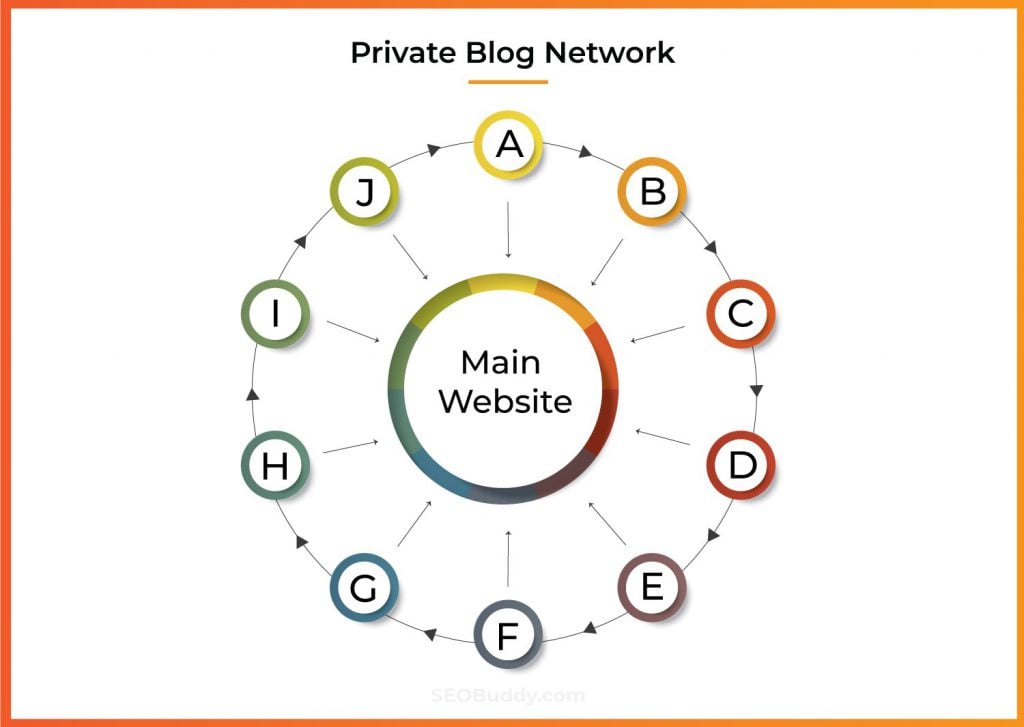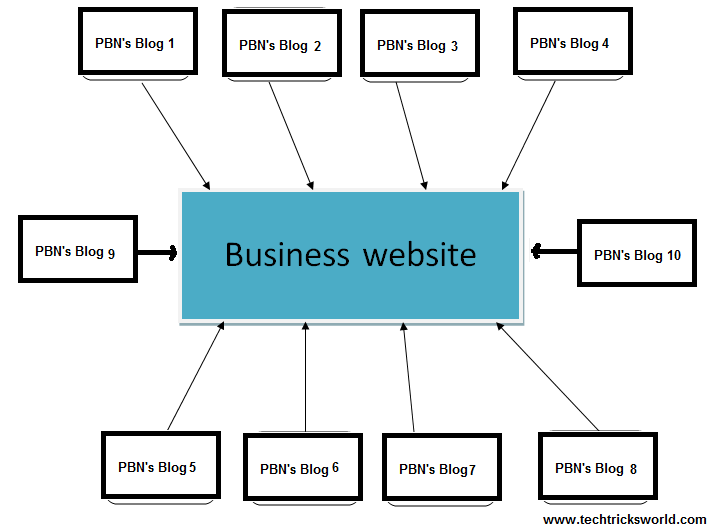All Categories
Featured
Table of Contents
- – What Is The Most Effective Schema Markup For S...
- – Top Semantic Seo For Beginners You Can Buy
- – What's The Leading Semantic Seo Content Strat...
- – Which Is The Leading Semantic Seo Tutorials C...
- – What Is The Most Recommended Semantic Seo Co...
- – What Is The Premier Semantic Seo Analysis Co...
- – What Are The Top 10 Semantic Seo Examples?
The web is changing, ending up being increasingly more semantic. SEO is additionally changing and ending up being extra semantic. This is due to the fact that online search engine have actually evolved and are moving an increasing number of in the direction of reading material on the web. Obviously, that has actually likewise changed the method we create content, especially if we intend to place better in the search engines.
Intertwingularity is not normally recognized, individuals keep claiming they can make points deeply ordered, categorizable and sequential when they can not. Based on the connections in between search intentions, the search engine chooses a material in placing by determining the distance between the vectors of definition.
It enables you to see, beginning with a topic, all the entities that are associated to that topic. This way you can clearly see which entities/concepts/ideas have already been covered on your internet site, and you can discover new opportunities by comprehending what material you can include and how to create it.
What Is The Most Effective Schema Markup For Semantic Seo On The Market Now
It is able to make your content reasonable for internet search engine on the one hand and for your target market on the other. Structuring your web content version highlights your material and its underlying partnerships to make sure that internet search engine can acknowledge you among hundreds of items of details, making you extra noticeable to individuals that fulfill the search intent related to your service.
In semantic search engine optimization copywriting, an editor begins from a wider series of topics and customizes the content to consist of semantically relevant terms and phrases that help readers recognize a subject, similar to checking out web content in a wiki. From a content composing point of view, one sensible way to do this is to produce a vocabulary of terms and questions surrounding your target topic.
Top Semantic Seo For Beginners You Can Buy
Discover much more regarding by seeing the by!.

Semantic search describes the process of exactly how online search engine comprehend and match search phrases to a searcher's intent in natural search results page. Before semantic search, search engines like Google operated like matchmakersaligning certain words in your question with those exact words on webpages. The outcomes were uncomplicated yet commonly did not have deepness.
What's The Leading Semantic Seo Content Strategies On The Market
It makes it possible for Google to provide fast, precise answers to browse queries concerning real-world subjects. When you kind a query word right into Google, you're not just entering a sequence of words. You tap into an intricate web of meanings and links. Google's Understanding Graph sees these words as entities with context and relationships.
When you look for "Apple," Google does not just see a word that explains a fruit. It recognizes Apple as a business and can provide related details. It was Google's answer to the rise of voice searches, where queries became much more conversational and nuanced.
Which Is The Leading Semantic Seo Tutorials Company
By incorporating NLP, Hummingbird enabled Google to relocate past plain keyword matching. It aided the internet search engine comprehend search intent, raising the probabilities that results would accurately match the factor behind a customer's search. As the 3rd most crucial ranking aspect after web content and links, RankBrain has enhanced Google's semantic search capacities to comprehend the meaning of search queries.
Making it much more efficient at handling never-before-seen search queries. RankBrain considers more than simply key phrases when evaluating a search inquiry.
It fetches results that match the keyword phrases and straighten with the overall intent of giving young puppy training suggestions. And if the customer regularly looks for dog-related web content, Google might prioritize extra detailed training guidesrecognizing the individual's recurring passion in the topic. Incorporating technologies like the Knowledge Chart, Hummingbird, and RankBrain, semantic search helps the Google formula analyze and connect information throughout a huge web of details.
What Is The Most Recommended Semantic Seo Content Strategies Available Today
The focus changes from keyword selection to an all natural method encompassing customer intent, topical significance, and general customer experience. Creating web content that deals with the searcher's needs with detailed information can enhance your SERP positions.
A broader strategy to material aligns much better with semantic search's change away from exact search phrase matching and towards customer intent. Content that covers search questions more completely not only pleases users.
And five times greater than sites that take 10 secs to lots. While technical SEO ensures optimum website efficiency and ease of access, concentrating on user experience (UX) takes it an action better. UX intends to develop a visually appealing, easy to use interface with appealing, quality material that urges visitors to stay. Semantic search modern technology allows search engines to intend for outcomes that provide the best possible UX.
What Is The Premier Semantic Seo Analysis Company?

All display Google's capability to address a topic inquiry comprehensively. By comprehending the context and intent behind customer questions, online search engine can provide extra relevant information and potentially enhance user interaction. Customization in search results page makes for better UX.Based on your previous search background and choices as a user, semantic search aids internet search engine customize the outcomes to fit your special demands and rate of interests.
So it brings outcomes that match the keyword phrases and straighten with the total intent of giving puppy training suggestions. And if the customer regularly looks for dog-related content, Google might focus on extra detailed training guidesrecognizing the customer's ongoing passion in the subject. Incorporating innovations like the Expertise Graph, Hummingbird, and RankBrain, semantic search helps the Google algorithm interpret and connect information throughout a large internet of info.
What Are The Top 10 Semantic Seo Examples?
The emphasis changes from keyword option to an all natural technique incorporating individual intent, topical relevance, and general user experience. Developing web content that resolves the searcher's requirements with detailed details can improve your SERP positions. Below, we detail the trends and practices that consolidate the need for semantically notified content. Later, we provide actionable ideas to turn these insights right into best methods.

A more comprehensive strategy to material aligns much better with semantic search's change away from precise keyword matching and toward individual intent. Material that covers search inquiries more thoroughly not only pleases individuals.
And 5 times greater than sites that take 10 secs to tons. While technical SEO ensures optimum website efficiency and access, focusing on user experience (UX) takes it an action even more. UX aims to create a visually appealing, easy to use user interface with interesting, high quality material that encourages visitors to stay. Semantic search technology enables search engines to go for outcomes that supply the most effective possible UX.
All display Google's ability to address a topic question adequately. By recognizing the context and intent behind user queries, search engines can provide more relevant details and possibly raise customer interaction. Customization in search results creates better UX.Based on your previous search history and preferences as a user, semantic search assists online search engine tailor the results to match your special needs and passions.
Table of Contents
- – What Is The Most Effective Schema Markup For S...
- – Top Semantic Seo For Beginners You Can Buy
- – What's The Leading Semantic Seo Content Strat...
- – Which Is The Leading Semantic Seo Tutorials C...
- – What Is The Most Recommended Semantic Seo Co...
- – What Is The Premier Semantic Seo Analysis Co...
- – What Are The Top 10 Semantic Seo Examples?
Latest Posts
What Is The Top Semantic Search And Seo Service?
Top-Rated Structured Data For Semantic Seo
Whats The Top Semantic Seo Audits
More
Latest Posts
What Is The Top Semantic Search And Seo Service?
Top-Rated Structured Data For Semantic Seo
Whats The Top Semantic Seo Audits